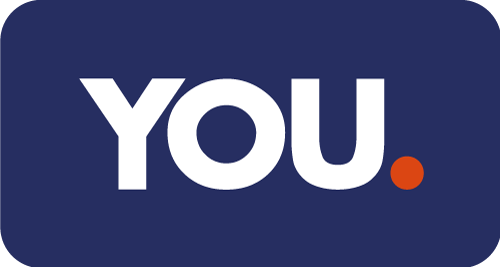Last Wednesday the US Securities and Exchange Commission (SEC) received an Initial Public Offering (IPO) filing from Levi Strauss & Co, the US clothing manufacturer, to re-list on the New York Stock Exchange (NYSE). The 145 year old firm first went public in 1971 and in 1985 the Strauss family effected a Leveraged-Buy-Out to take the firm private again. Now, after 34 years, the firm has chosen to go public once again. At this stage, the filing is still to be declared ‘effective’ by the SEC but, if approved, the IPO plans to raise an additional USD 100 million for the firm’s capital structure.
As investors what do IPOs signify for us?
The volume and size of IPO execution is an indicator of the confidence firms, investors and banks have in equity markets. Firms that are considering floating need the confidence they are listing in a favourable climate of uptrending equity markets with a normal level of volatility. If the market is not like this then the issuance itself risks not being filled nor happening at all as potential investors will either feel the offer is priced incorrectly, due to the volatility, or the upside is lacking in the secondary market. For this reason, the vast majority of IPOs occur in sanguine equity market conditions. It is known for some firms to still float in downturns but only a few. An example of this is in 2016 there were 105 US IPOs, in 2017 there were 160 and in 2018 there were 190 (although Q4 was a comparatively light period) but in the global recession of 2008, for example, there were only 31 US IPOs executed.
Currently, there are 165 outstanding US IPO filings for the NYSE and Nasdaq exchanges. Most will have been filed in 2018 but the amount outstanding is an indicator of the confidence investors have in the US equity markets. It’s important to note however this will not be the final tally for 2019 as, just like Levi Strauss, more will be filed throughout the year. It’s also important to be aware not all of these 165 will actually list either as some will be cancelled, postponed or even not approved by the SEC. But as far as indicators of US equity markets go, this is a positive indicator for the year ahead, although we might expect the final total to be down on 2018 to a certain extent.
Regarding the main markets last week, it was generally a positive week for risk assets. The FTSE 100 rose 1.79% and GBP rose 0.14% against the USD.

